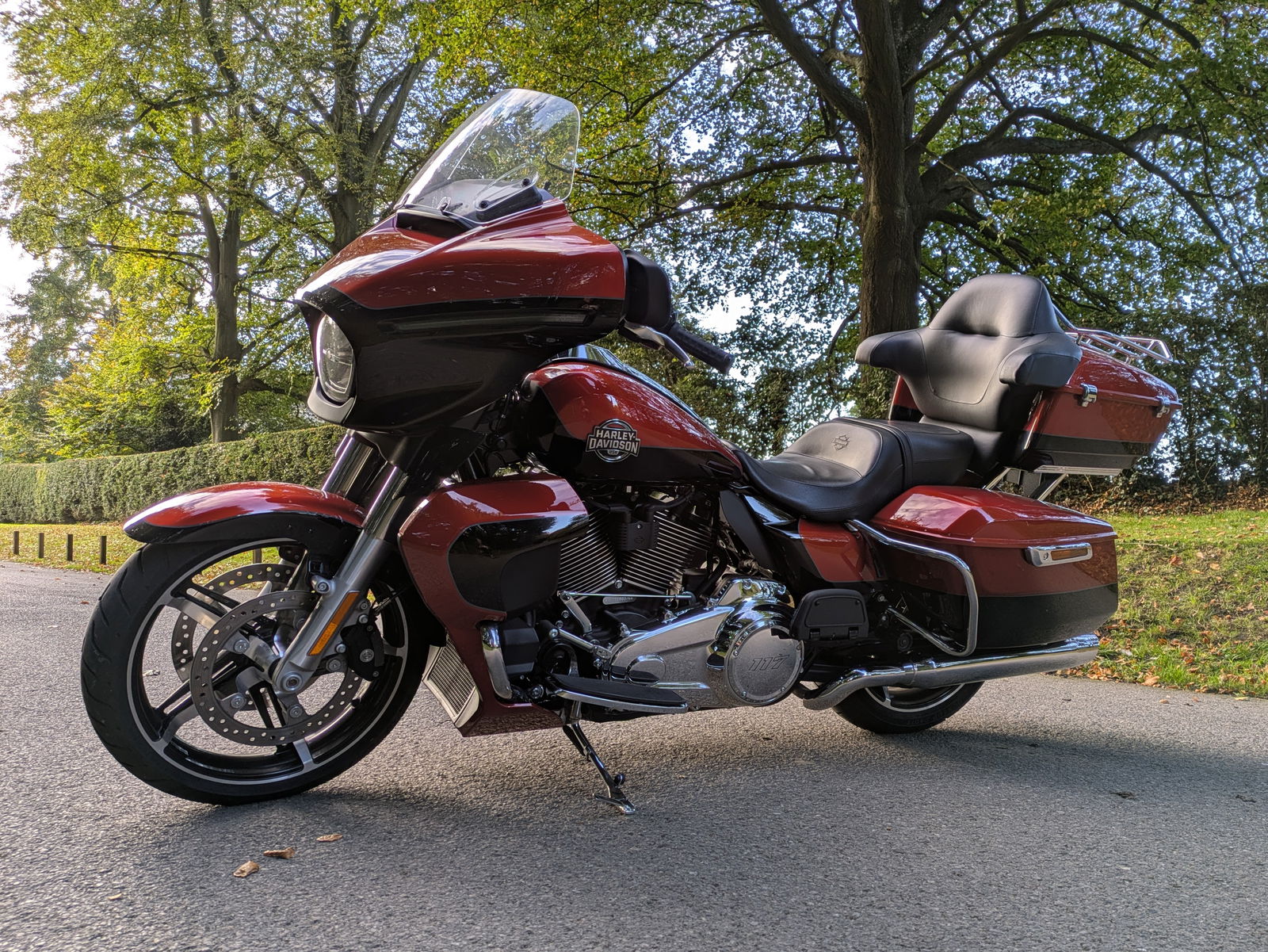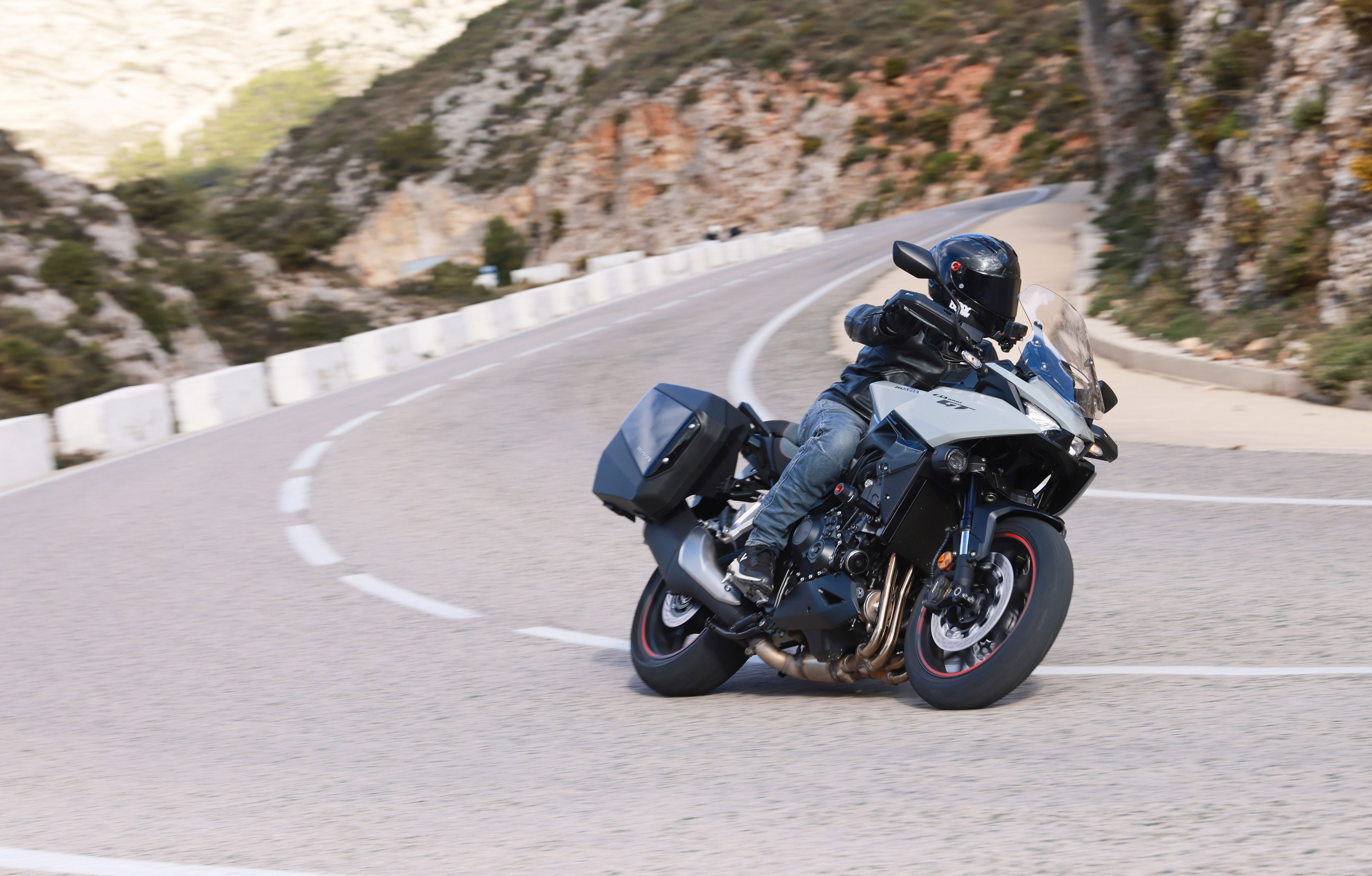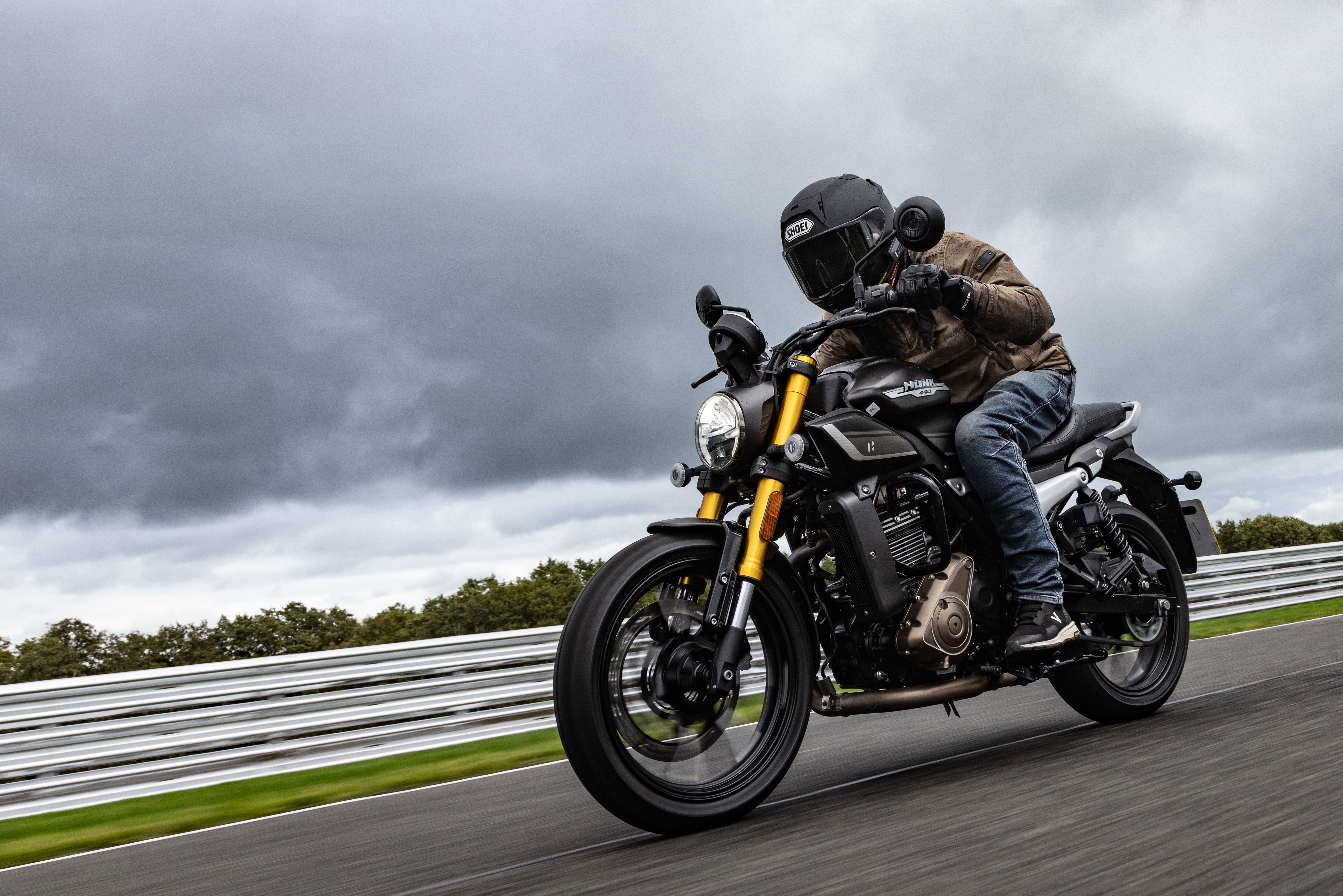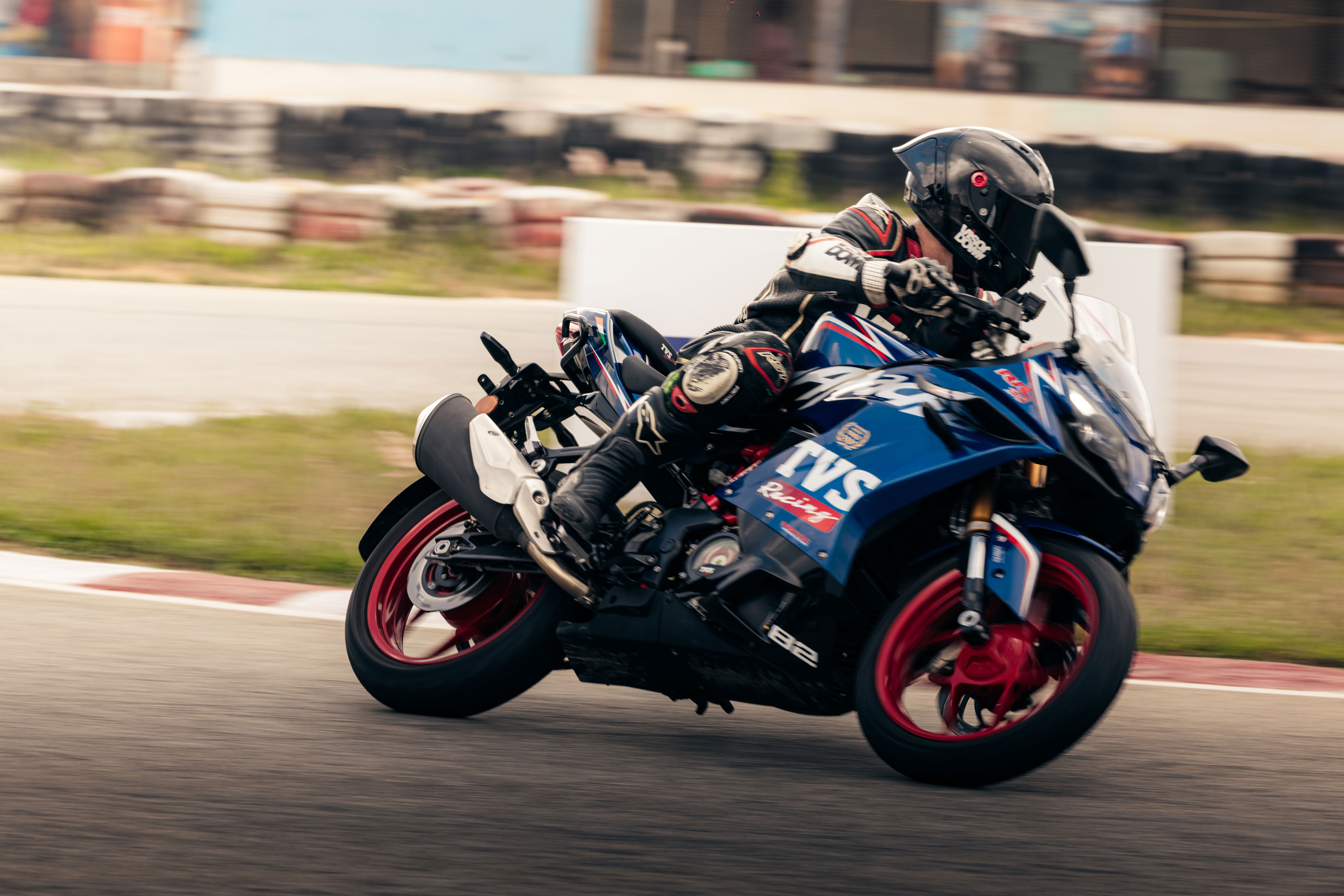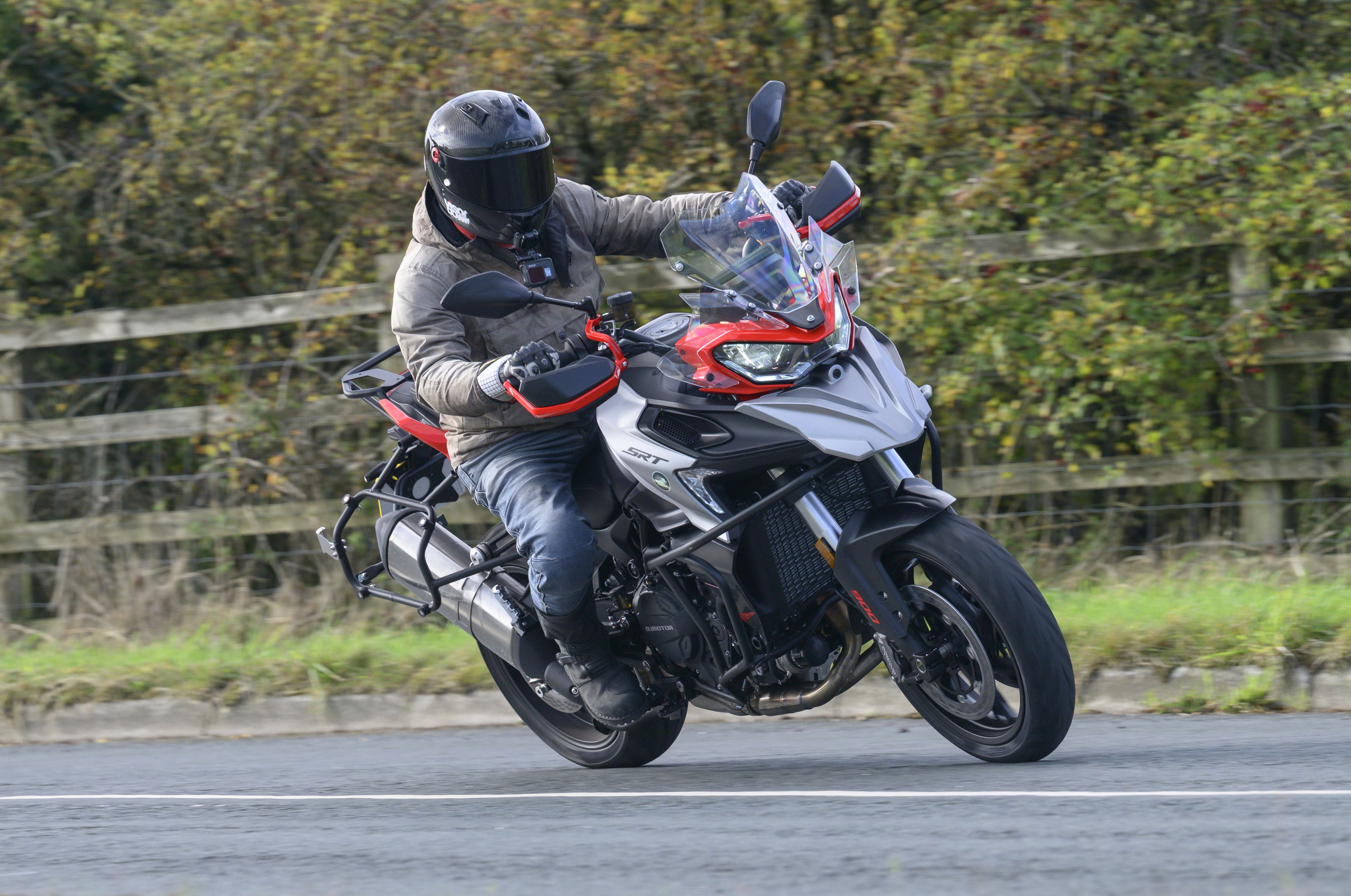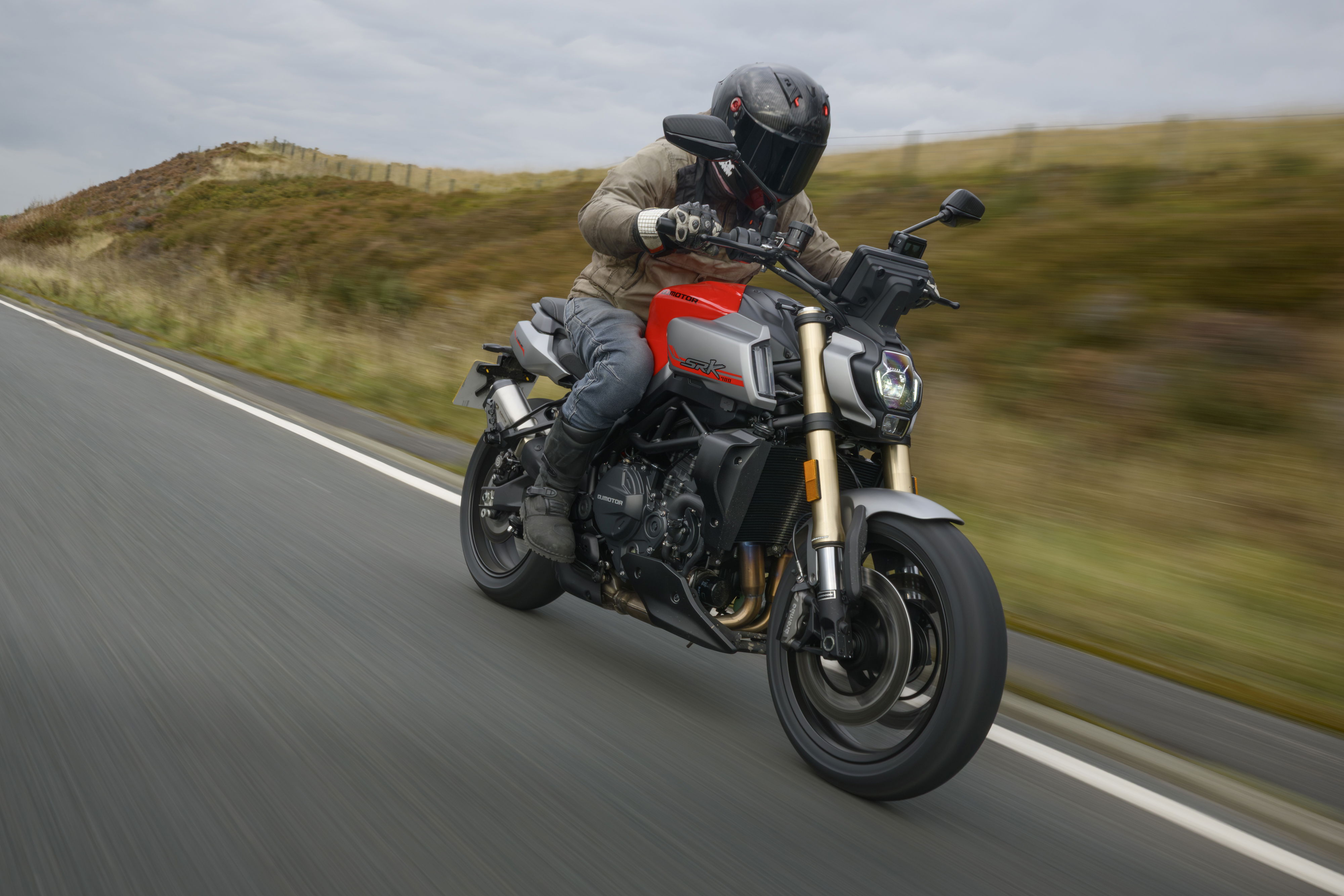2026 Royal Enfield Himalayan Man Black: Better than expected
Royal Enfield follows the ‘if it ain’t broke don’t fix it’ rule in delivering the new Himalayan 450 Mana Black.

- Easy to work on
- Tubeless tyres are standard
- ABS feels rudimentary and kicks in too easily
- You'll want to replace the tyres sooner than later
It was the surprise tree that convinced me.
On a two-day ride from Mumbai to Vagator, Goa, there had been plenty of opportunities to put the 2026 Royal Enfield Himalayan 450 Mana Black to the test – too many, one might argue – but it was in this moment that I started to believe the hype.
At a lunch stop, I had wandered off on my, down a little dirt trail that ran through a bit of forest. Nothing big or clever; some stones here and there, some uneven bits, some little bumps. The trail was narrow, but even then nothing to test someone of my limited off-road ability.
To my left and through the trees, about 20 metres away, I could see a sandy beach, waves crashing on the shore, and the blue expanse of the Arabian Sea beyond. It was beautiful. And distracting. I didn’t see the fallen tree until I was about 3 feet away.
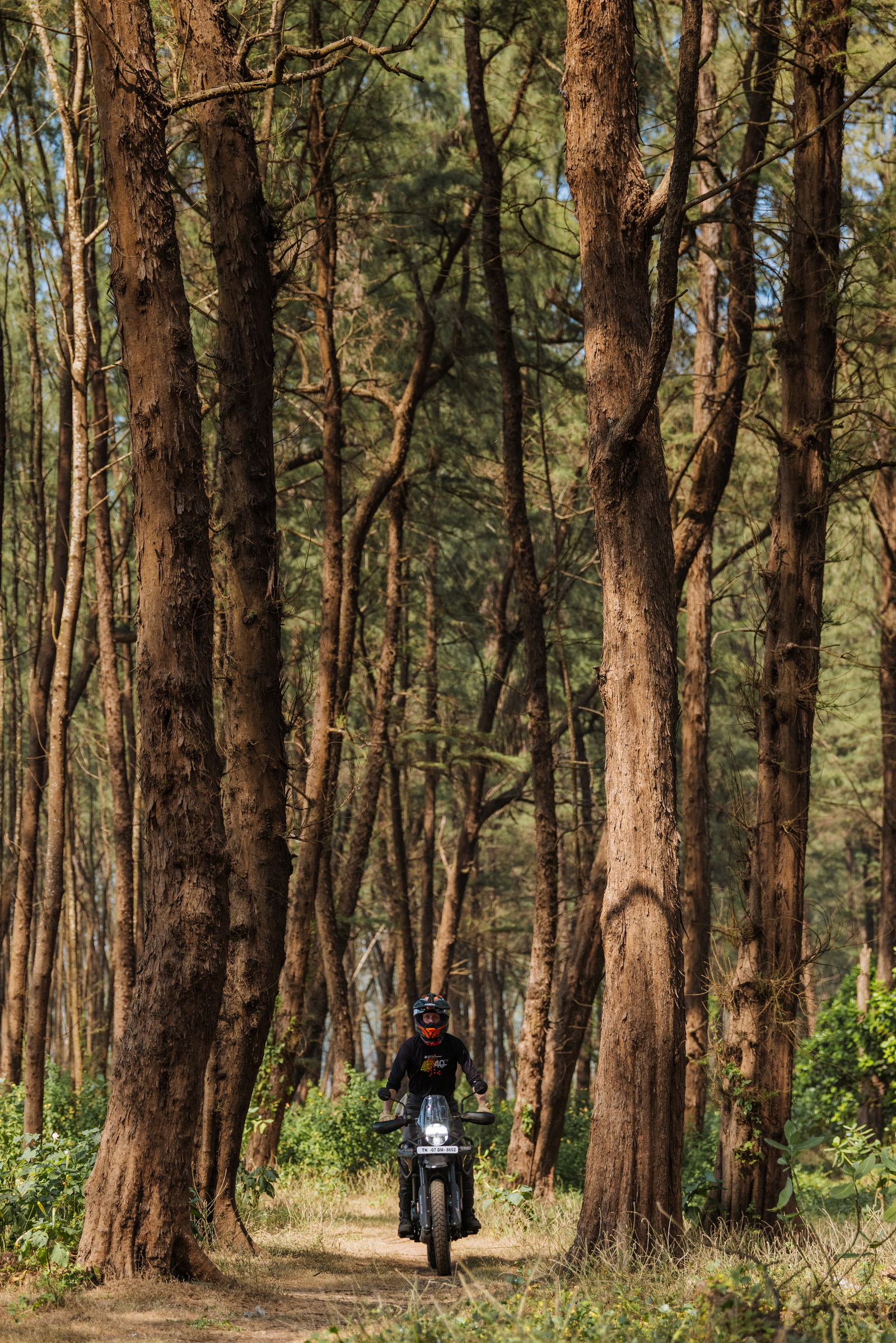
It wasn’t a massive tree – probably only about 8 inches in diameter – but big enough. I would have avoided it in normal circumstances. There was no time for that now.
In the limitless space of the mind, in the millisecond before the front tyre made contact with the tree, I was able to imagine how it was going to turn out:
I would lose the front end. I would fly over the handlebars. I would hit the pine tree just to my left. The bike would slam into me, breaking my femur. I would lie in excruciating pain, honking the bike’s horn, until help arrived. It would take at least an hour to get to medical help, being transported down bumpy roads. I would wait another hour in suffocating heat to see a doctor. I would have a torturous flight home, with nothing but paracetamol and the constant fear of DVT to distract me from the pain. Back home, I’d follow up at my local hospital and they’d tell me the leg had been set wrong, that it needed to be rebroken. I would spend six months recovering. The whole experience would weigh heavy on me, until I eventually decided I was too afraid of crashing to work in moto-journalism. I would end up selling shoes. And somehow, inexplicably, I would get deported.
“Duh-thib.”
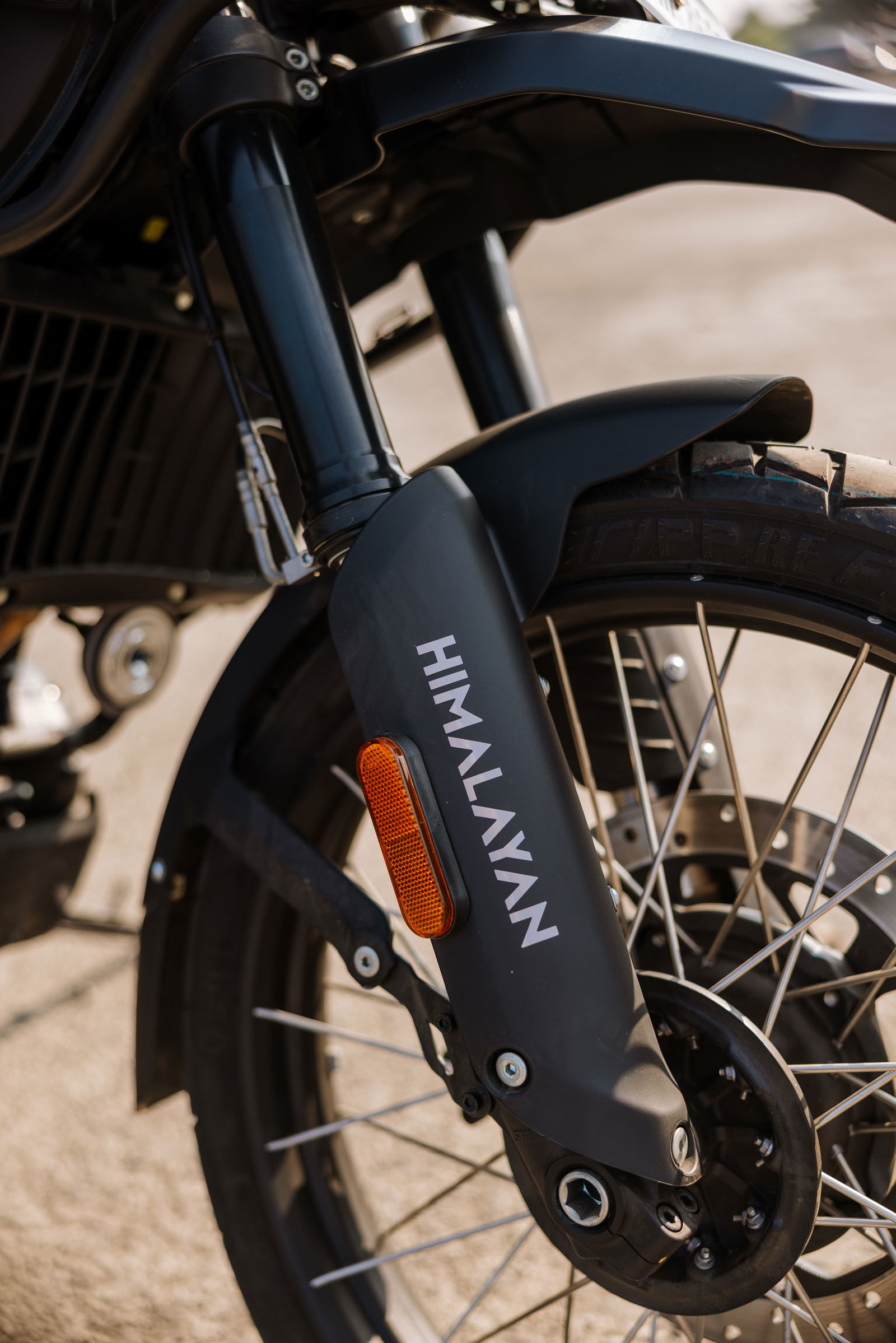
The Royal Enfield’s 21-inch tyre hit the tree and rolled over it, assisted by the bike’s Showa forks – non-adjustable but clearly built for this sort of thing. The 17-inch rear followed without fuss. Not the slightest hint of drama. So little, in fact, that I had to stop, get off the bike, walk back to the fallen tree, and kick at it to make sure that it was real.
It was, and I was sold.
Royal Enfield has made a motorcycle that can do the things that the company says it can do. In fact, it can do them over and over again, as I would learn over the coming days. No, it’s not an enduro machine by any stretch, but it will take abuse – more than most users will ever think to subject it to.
Here’s what’s new
I spent five days in India with the 2026 Royal Enfield Himalayan 450 Mana Black. In all the ways that matter, it is the same Himalayan 450 that we already know and love.
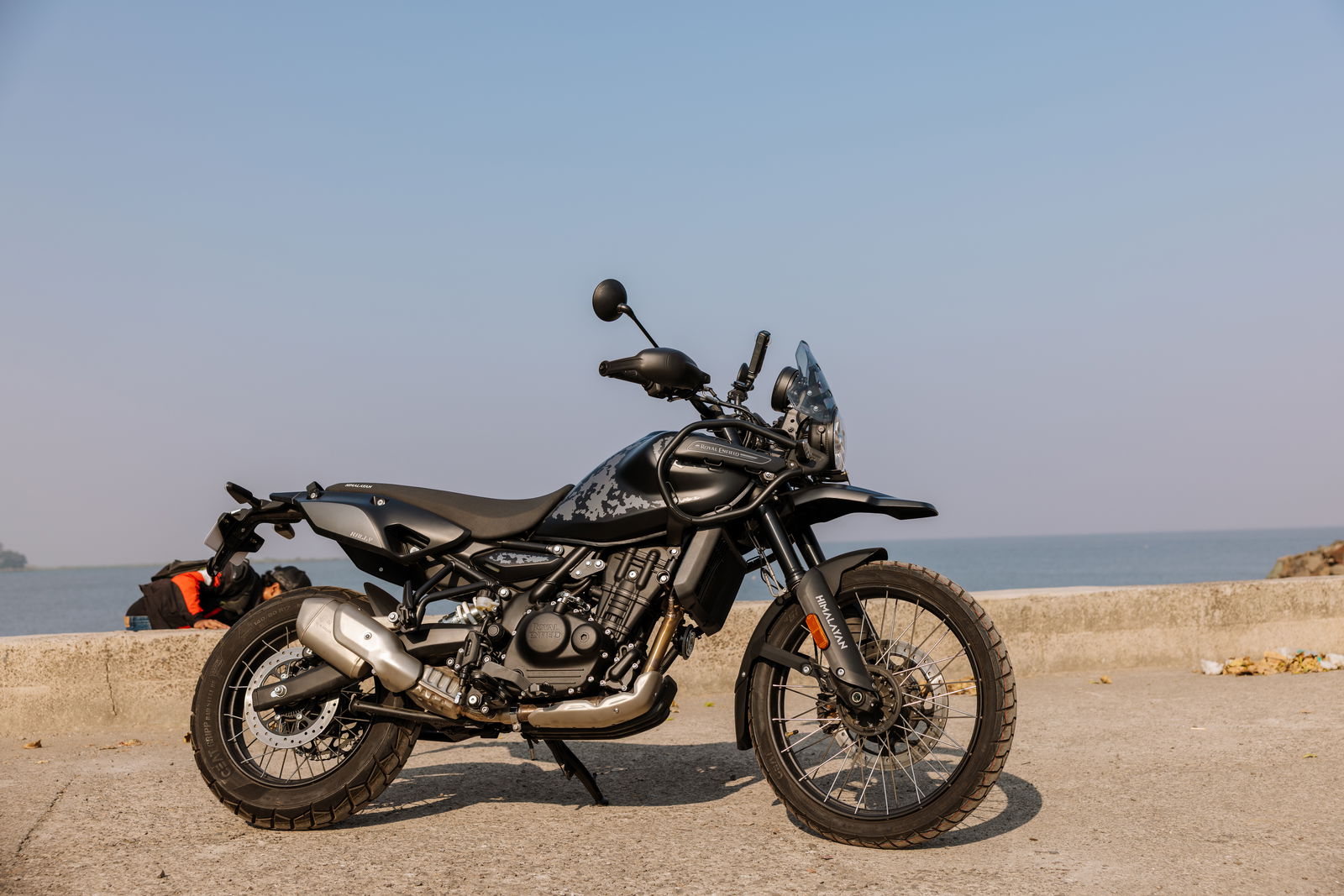
Same liquid-cooled 452cc single-cylinder engine pumping out 40 bhp at 8000 rpm and 29.5 lb-ft of torque at 5500 rpm. Same ByBre brakes gripping the same 320mm single disc up front and 270mm disc at the rear. Same CEAT tyres. Same Showa suspension. Same steel twin-spar frame. Same 196kg kerb weight. And so on.
The Mana Black gets its name from the Mana Pass. Located in the Himalayas – which Royal Enfield describes as its ‘spiritual home’ – it is one of the highest vehicle-accessible mountain passes in the world. What’s different about the Mana Black from the rest of the Himalayan 450 family is largely aesthetic. Although there is one addition that seems to change the character of the bike.
So, here’s what’s new. Firstly, the Mana Black gets spoked wheels that can accommodate tubeless tyres. Opinions will differ on whether tubed or tubeless tyres are right for this kind of bike, but certainly it’s nice to have the option.
Secondly, the handguards on the Mana Black are stock. You have to pay extra if you want them on the standard Himalayan 450.
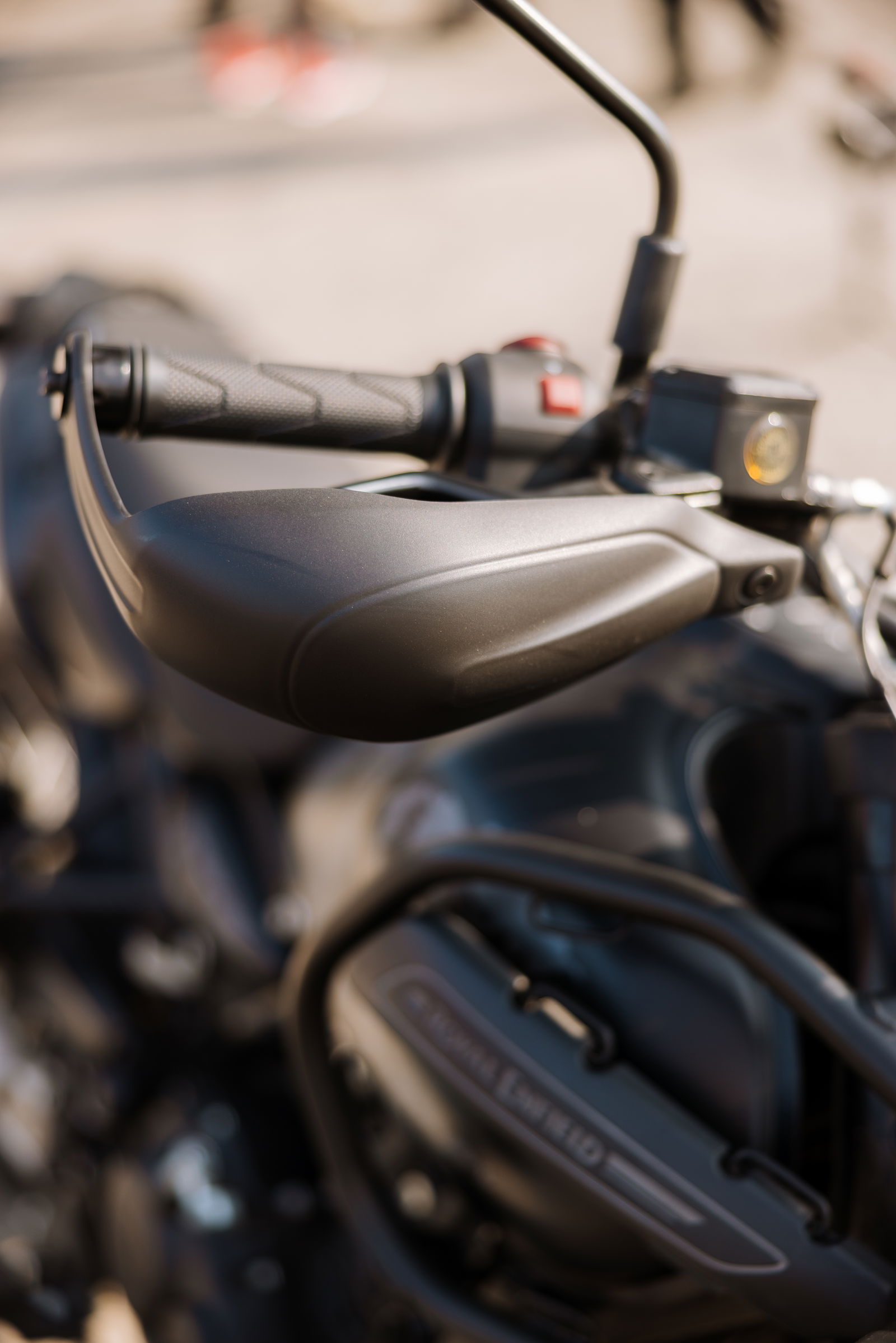
Third, the so-called Black Rally rear mudguard has a different aesthetic than that of the standard bike and looks, at least, like it might do a better job of keeping mud off the rider.
Next, you get the Mana Black livery, which, between you and me, isn’t that impressive. One of Royal Enfield’s strengths for me is the effort that usually goes into paintwork. The styling of the Mana Black, though, is a black tank with a kind of dark camo decal. The problem here is that Royal Enfield has set my expectations so high with its other machines. Were this to come from almost any other manufacturer, I wouldn’t care.
Lastly, and most noticeably, the Mana Black gets the Black Rally dual seat – a single unit that is thinner and taller (860mm seat height, as opposed to 825 mm) than the two-seat set-up on the standard Himalayan 450.
Here’s what’s not new
One of the first things I’d do as an owner is replace the tyres. The Himalayan 450 Mana Black’s standard CEAT Gripp tyres are not awful, but they’re equally far from great.
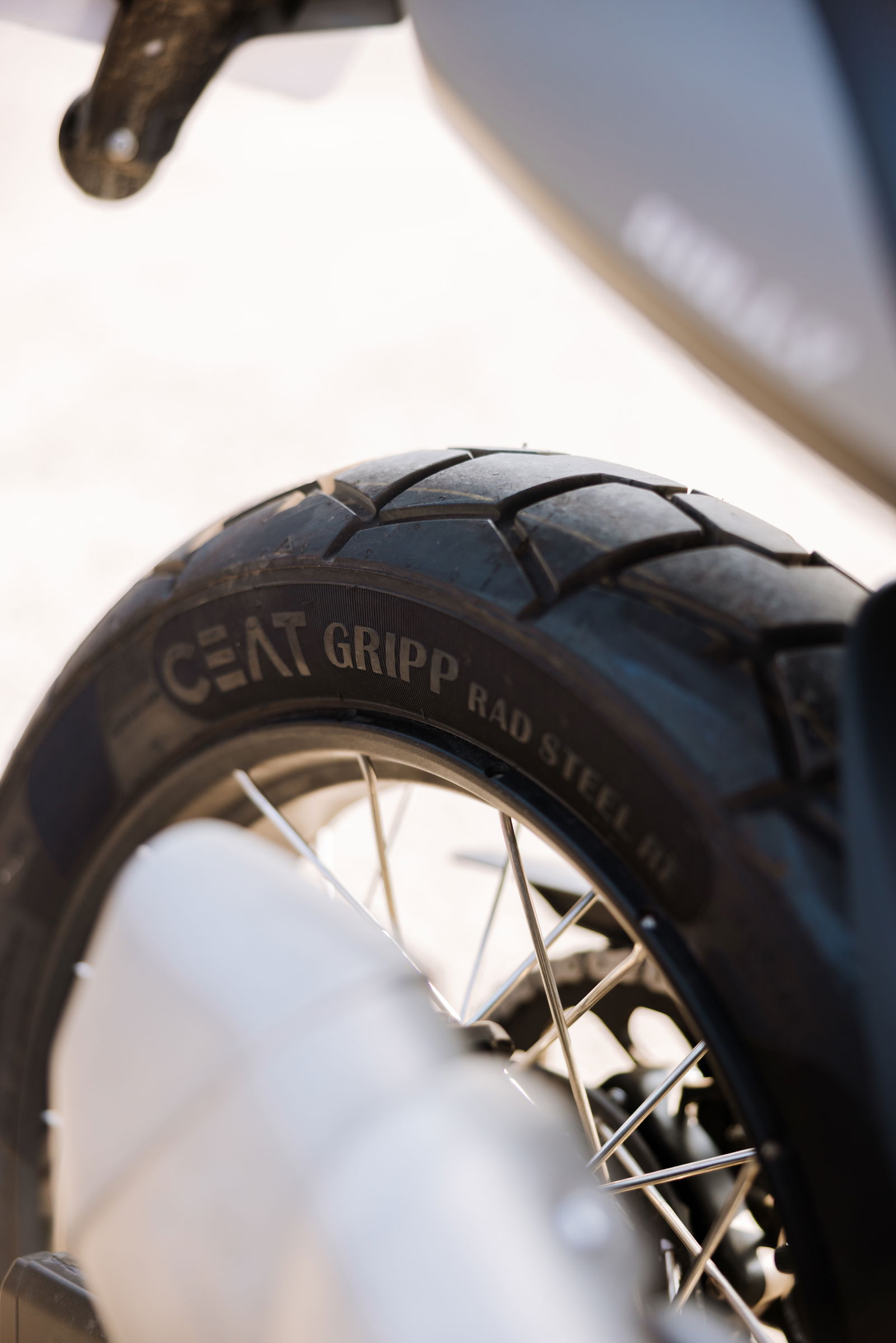
Contrary to the name, they lack grip (and feel) on road and off. They’re durable, I’ll give them that. But I’d much rather have a pair of Michelins or Metzelers to help improve confidence – especially in cornering.
In fairness, I suspect the tyres are not an example of penny pinching on Royal Enfield’s part, rather the knock-on effect of a protectionist Indian government. There’s an expectation and financial incentive to use as many India-based components as possible.
Fortunately, Showa has manufacturing facilities in India, so the bike’s suspension – non-adjustable 43mm upside down fork up front, monoshock with adjustable pre-load at the back, with 200 mm of travel at both ends – is excellent. People who like to push hard through corners will find the suspension too soft, but if you’re the sort who wants to go nuts in the twisties, what the hell are you doing buying a 40bhp adventure motorcycle?
For everyday on-road and not-too-challenging off-road use, the bike is set up well. Indeed, the suspension is ideal for the UK’s oft-neglected road surfaces. Councils not wanting to spend the money to actually fix their roads could just offer subsidies on the purchase of a new Himalayan 450.
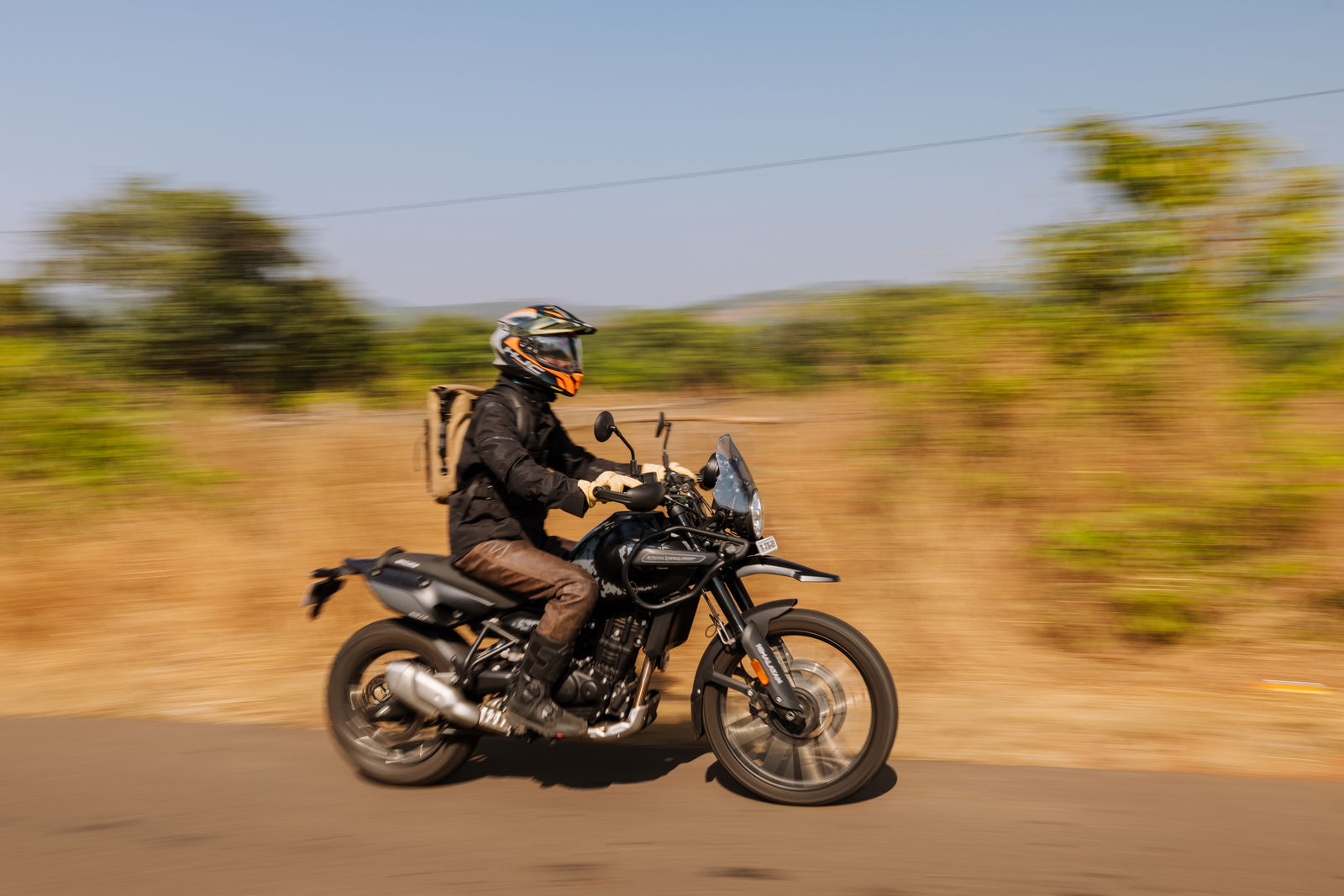
Also commendable is the quality of the bike’s brakes. Well, for the most part. The discs that the ByBre calipers grip are a little larger than you might find on competitors’ models (for example, Kawasaki’s KLE500 comes with a 300mm front disc and 230mm rear), and, according to Royal Enfield, that helps deliver more stopping power.
However, the Himalayan 450 Mana Black’s so-called “Performance ABS” system can be disappointing when the pace picks up. It has a habit of partially locking the rear tyre. Or, at least, that’s what it feels like. Whereas with normal ABS, you feel pulsing when ABS engages, here the engagement feels less refined and too eager.
It kicks in at weird times, like in that little “tap-tap” braking one does to settle a bike just before dropping into a corner. You get a micro-moment of the rear tyre locking, hear the “skireeck” of rubber on the road, and feel the rear starting to kick out. The micro-moment is just long enough for you to react, to think, “Ah, hell, I’m in trouble here,” and go into old-school braking mode: on-off-on-off-on-off-on-off-on.
I am willing to accept, though, that not all of the blame for this issue falls on the ABS set-up. The bike’s CEAT tyres, and the questionable quality of Indian roads – especially in the heat of the day – also played their part. The particular rider, too. I asked others if they were experiencing the same issue; a few said, “Oh, yeah, I guess it does kinda do that sometimes,” but it didn’t seem to bother them as much as it bothered me.
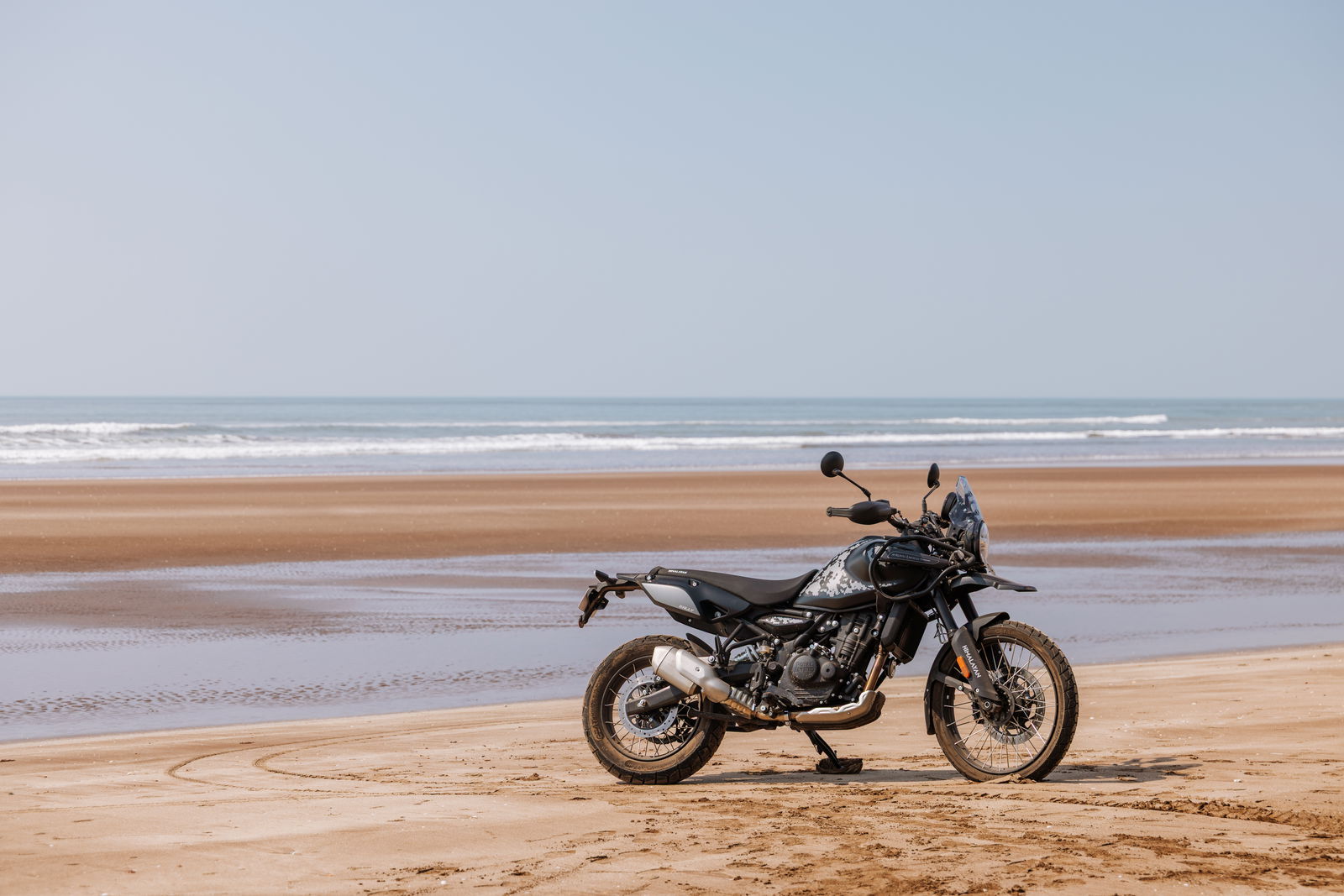
The ABS can be switched off, meanwhile. In hindsight, perhaps I should have just done that.
Contrary to what you might expect from a motorcycle costing less than £7,000, all of the levers, pedals, and fixings are robust and sturdy. Mirrors work as they should, and are not too buzzy, despite the presence of a single-cylinder engine.
The six-speed transmission, too, is slick and reliable. Though gearing is such that the whole show favours lower-speed riding. You’ll be inclined to click into fourth gear at 30 mph. Excellent for off-road or city work, less great for long motorway hauls.
Technology
The Himalayan 450 dash consists of a 4-inch TFT screen that can offer all kinds of useful info, if you can figure out how to navigate the bike’s far-from-intuitive switches. There’s a button on the right grip, a joystick on the left, and you pretty much need to be a Royal Enfield employee to know in which order to press them.
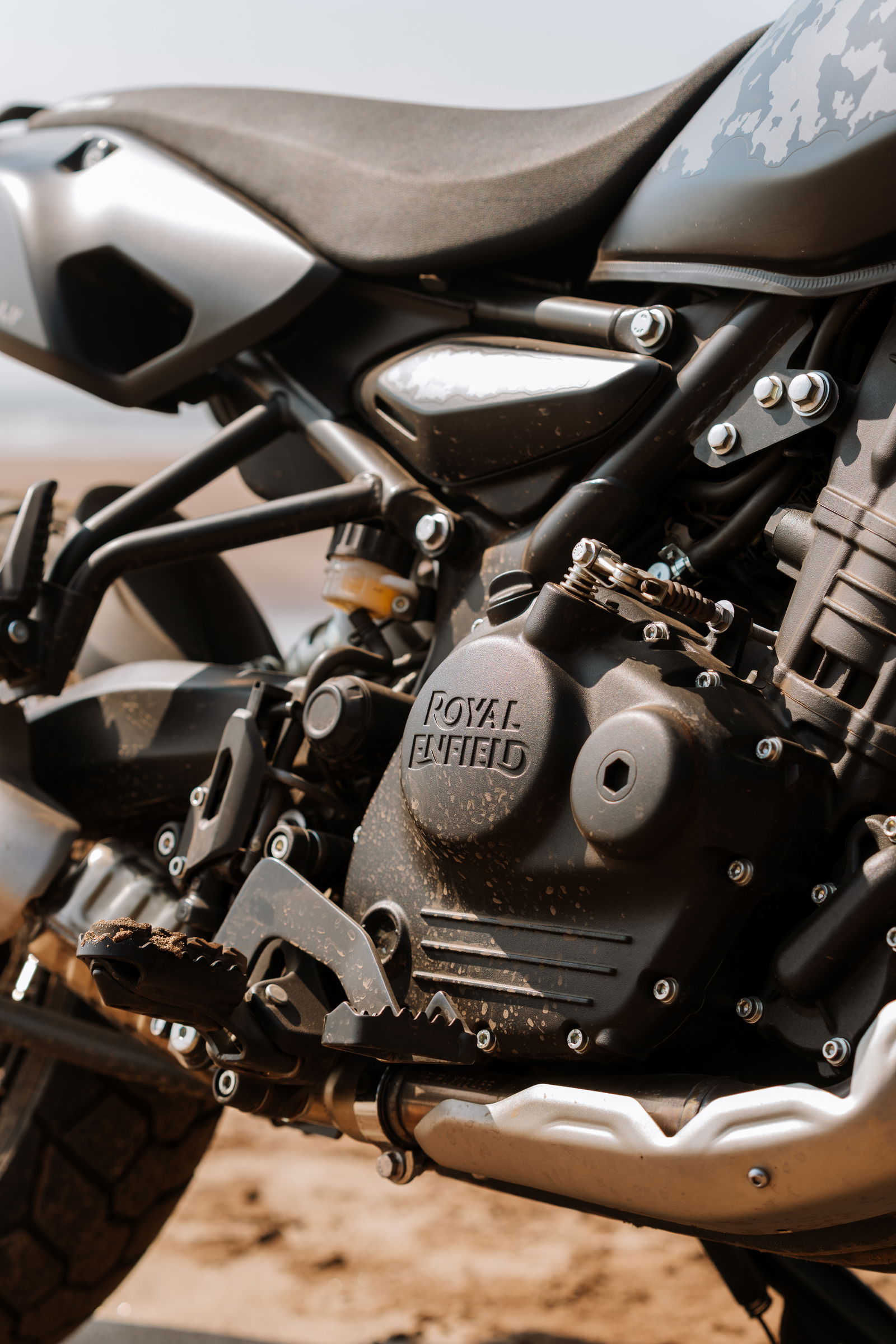
One of the key selling points is the bike’s Tripper feature, which works in partnership with a phone app to deliver a map to the bike’s TFT dash. A lot of manufacturers have this sort of set-up and I despise them all. There are simply too many potential points of failure, and I have never managed to get one of these setups to work properly.
Royal Enfield will tell you that the system is easy and useful, and I will concede that multiple Royal Enfield employees were able to get maps to work on the bikes they were using. My personal experience, however, is that the whole thing is a ball ache. After spending 30 minutes setting everything up, I found that the app just crashed every time I tried to use it. You may have a different experience than I did.
Outside of that, the dash is clear and easy to read even in bright sunlight. Lighting front and rear is LED, and I can confirm, thanks to multiple night rides, that the headlights throw a very good spread of light – useful in a country where herds of buffalo like to sleep on the road.
What it’s like to ride
Roughly 90 per cent of the Himalayan 450’s torque arrives below 3000 rpm. This means it is excellent for both urban and off-road situations, where you often want to be able to access power from a dead stop.
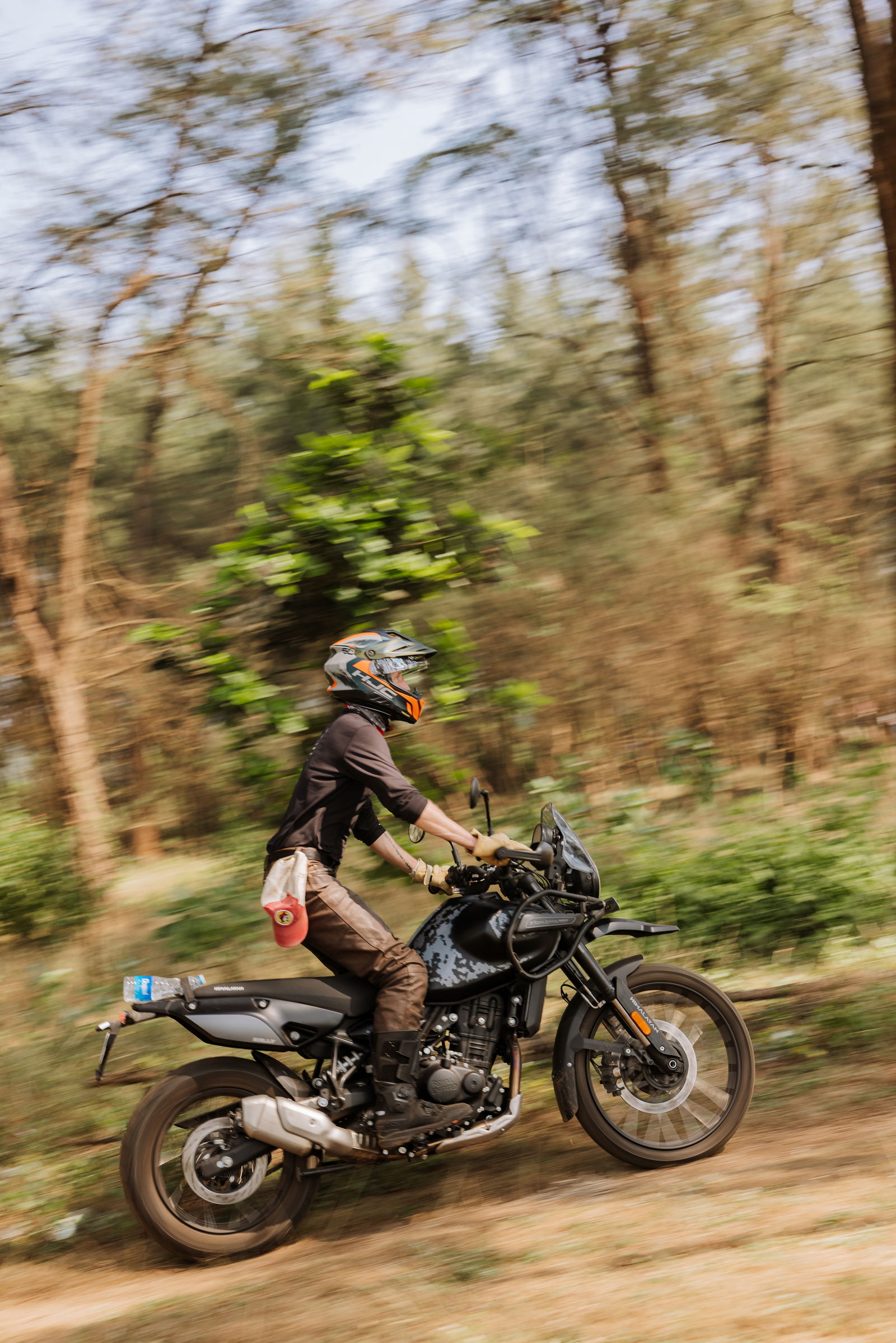
Kerb weight is 196 kg, which, Royal Enfield is quick to point out, is inclusive of items like the center stand, which other manufacturers might ignore in their claims. Whatever the case, it feels lighter than that to me. The bike is supremely manageable – well-balanced and easy to muscle about.
Related to that, the bike handles really well. Yes, the softness of the suspension means you won’t be hooning through canyons at extra-legal speeds, but at normal-person pace, the bike is planted and confidence inspiring.
Below 60 mph, the Himalayan 450 is one of the overall best motorcycles I’ve ridden in a while. Even with its sometimes annoying ABS. Above that speed, the chassis is still planted and manageable, but the limitations of a 452cc single-cylinder engine start to show themselves.
The bike has enough oomph to earn you an immediate driving ban on a British motorway (ie, travelling more than 20 mph over the speed limit), but you will need to put a little effort into earning that ban. It’s not something that’s going to sneak up on you.

Related to that, there is enough power to hold motorway speed all day long – even uphill – but there is a fair bit of buzzing through the bars. Spend an hour or two travelling by dual carriageway and when you stop, you’ll be clapping your hands together to get feeling back into them.
You may also be rubbing your backside if you’re riding the Mana Black edition.
One of the things that people loved about the Himalayan 450 when it first came out was its comfort. In Toad’s review of the 2024 bike, he mentions this multiple times. The Mana Black’s rally-style seat, however, was met with mixed reaction by the riders I was with.
Taller, narrower, and firmer than the standard Himalayan’s butt perch, the Mana Black’s seat didn’t bother me, but it was the source of intense complaints from others. Outside of that, however, everyone agreed that the ergonomics of the bike were excellent.
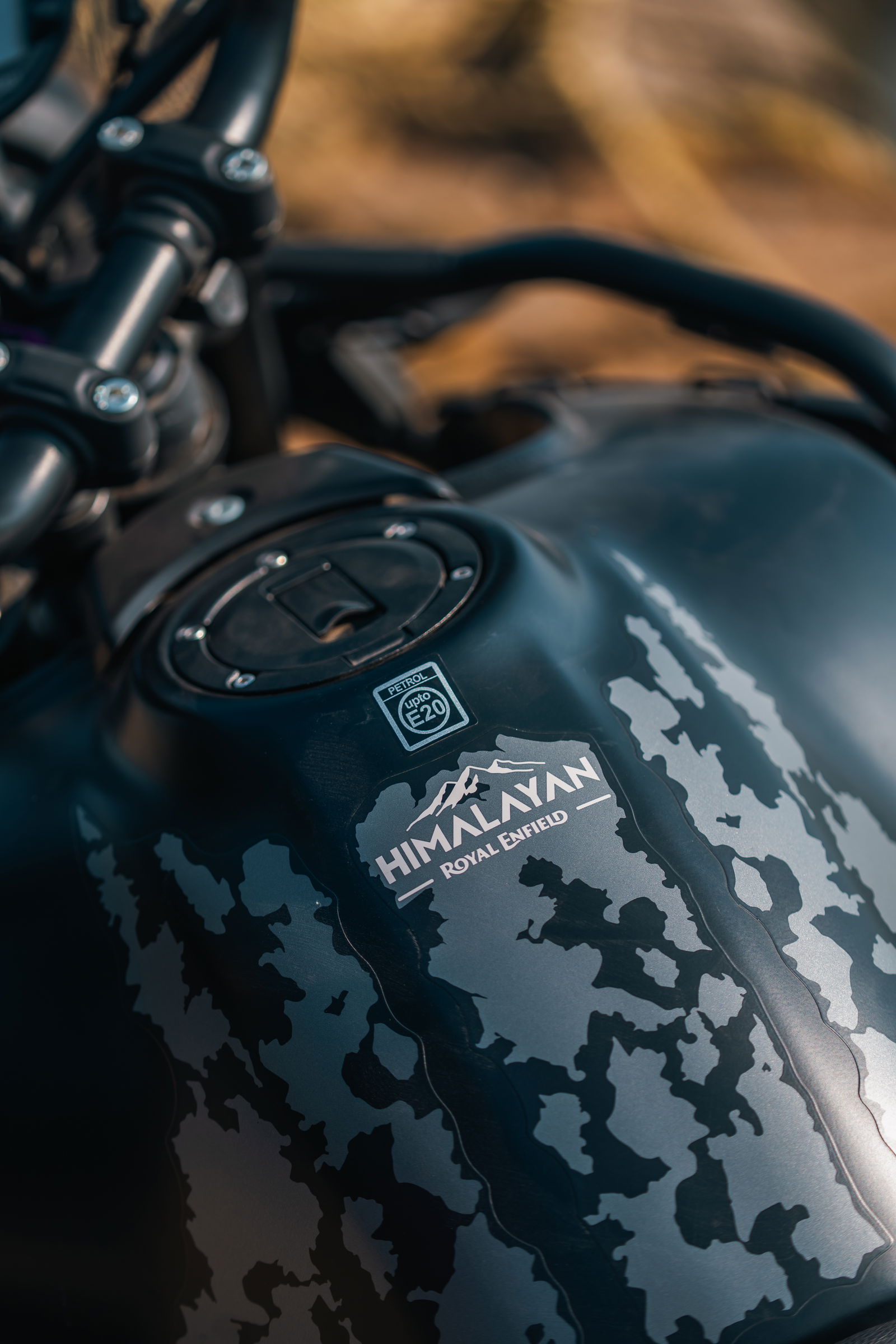
Easy to work on
Under the seat of the Himalayan 450 you will find a toolroll containing all the tools you need to carry out regular maintenance on the bike – all the way down to a fuse puller. It’s there as part of Royal Enfield’s claim that the Himalayan 450 is designed to be easy to work on roadside, that it is built to go around the world pretty much out of the box.
At lunch one day, I decided to put this claim to the test.
“The air filter’s underneath the tank, right?” I asked one of Royal Enfield’s team. “Mind if I remove the tank, just to see how easy it is?”
Normally, this is the sort of question that would send a PR person into a shouty, hand-swatting panic. Royal Enfield’s man, however, was nonplussed: “If you want to stand out here in the sun doing that, go ahead.”

It took me less than five minutes to get to the air filter. That’s having never worked on a Himalayan 450 before. The engine was hot – so I didn’t try – but accessing the sump plug and oil filter would have taken even less effort. So, there’s your basic service (which Royal Enfield says should come every 6,000 miles) sorted in less time than it takes to cook a frozen pizza.
No fiddly bits. No removing of fairing. Easy-peasy, and roughly £70 in labour fees saved. I‘m sure your local Royal Enfield dealership would prefer that I hadn’t just told you that.
Verdict
The Royal Enfield Himalayan 450 Mana Black isn’t perfect, but no bike is. And all of its positives, and its attractive price point, are more than enough to encourage you to overlook the weaker points.
It wouldn’t be my first choice for a track day, nor an all-motorway trip to Austria. But as an everyday takes-abuse commuting all-rounder? Definitely. Solo touring on the narrow, broken roads of the Scottish Highlands? Ideal. Light green-laning? No problem (although, I would replace the stock plastic bash plate with something more robust). Bimbling exploration of local lanes and B roads? Perfect.

At £6,400, the Mana Black isn’t the most affordable in its class. But it’s not outrageous. The similarly specced Kawasaki KLE500 SE, for example, is set to come in at £6,599.
And if you’re not a fan of the look or feel of the Mana Black’s rally seat, you can get the Mana Black’s other stand-out feature – tubeless tyres – for a little less. Tubeless tyres are available on any ‘standard’ Himalayan 450 for as little as £6,250.
All in all, I’d argue that the bike is worth what Royal Enfield is asking for it. Indeed, it’s a motorcycle that has surprised me, which is something that Royal Enfield seems to do often.
No matter how many times I encounter Royal Enfield bikes, I still find their value for money to be impressive. Sure, you may need to be a little more liberal in your use of ACF-50, but on the whole, the company delivers well-made, desirable motorcycles – motorcycles you want to hold on to for years – at affordable prices.
The same thing has happened here with the Himalayan 450 Mana Black. It is far better than I was expecting. And you can ride it over a fallen tree.
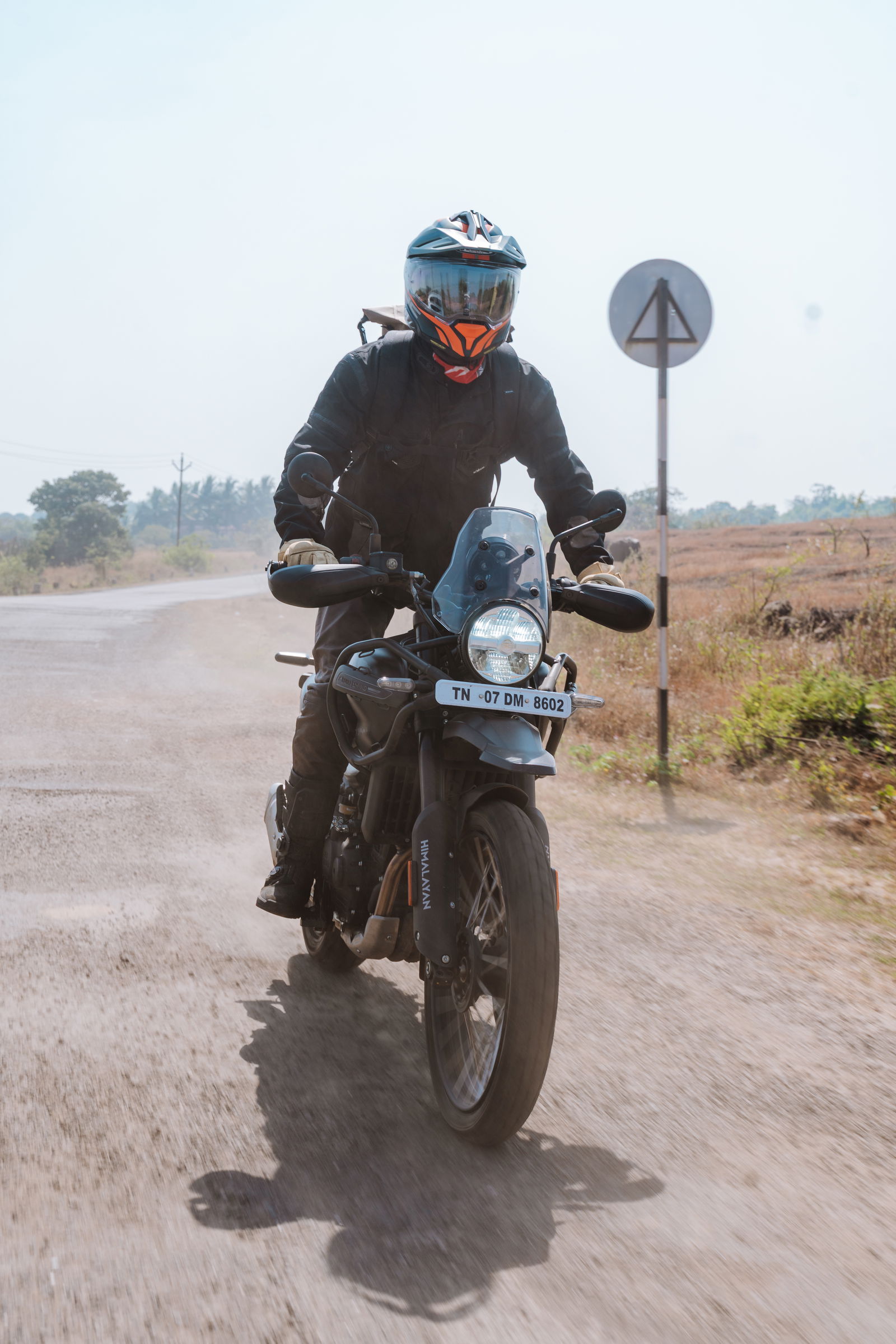
2026 Royal Enfield Himalayan 450 Mana Black specs
PRICE | £6,599 |
ENGINE | 452cc liquid-cooled single cylinder, DOHC |
POWER | 40 bhp at 8000 rpm |
TORQUE | 29.5 lb-ft at 5500 rpm |
SEAT HEIGHT | 860 mm |
FUEL CAPACITY | 17 litres |
KERB WEIGHT | 196 kg |
TYRES | Front: 90/90 21-inch Rear: 140.80 17-inch |
BRAKES | Front: 320mm single disc, double piston ByBre caliper Rear: 270mm disc, single piston ByBre caliper |
SUSPENSION | Front: 43mm Upside down fork Rear: Linkage-type mono shock with adjustable preload |
